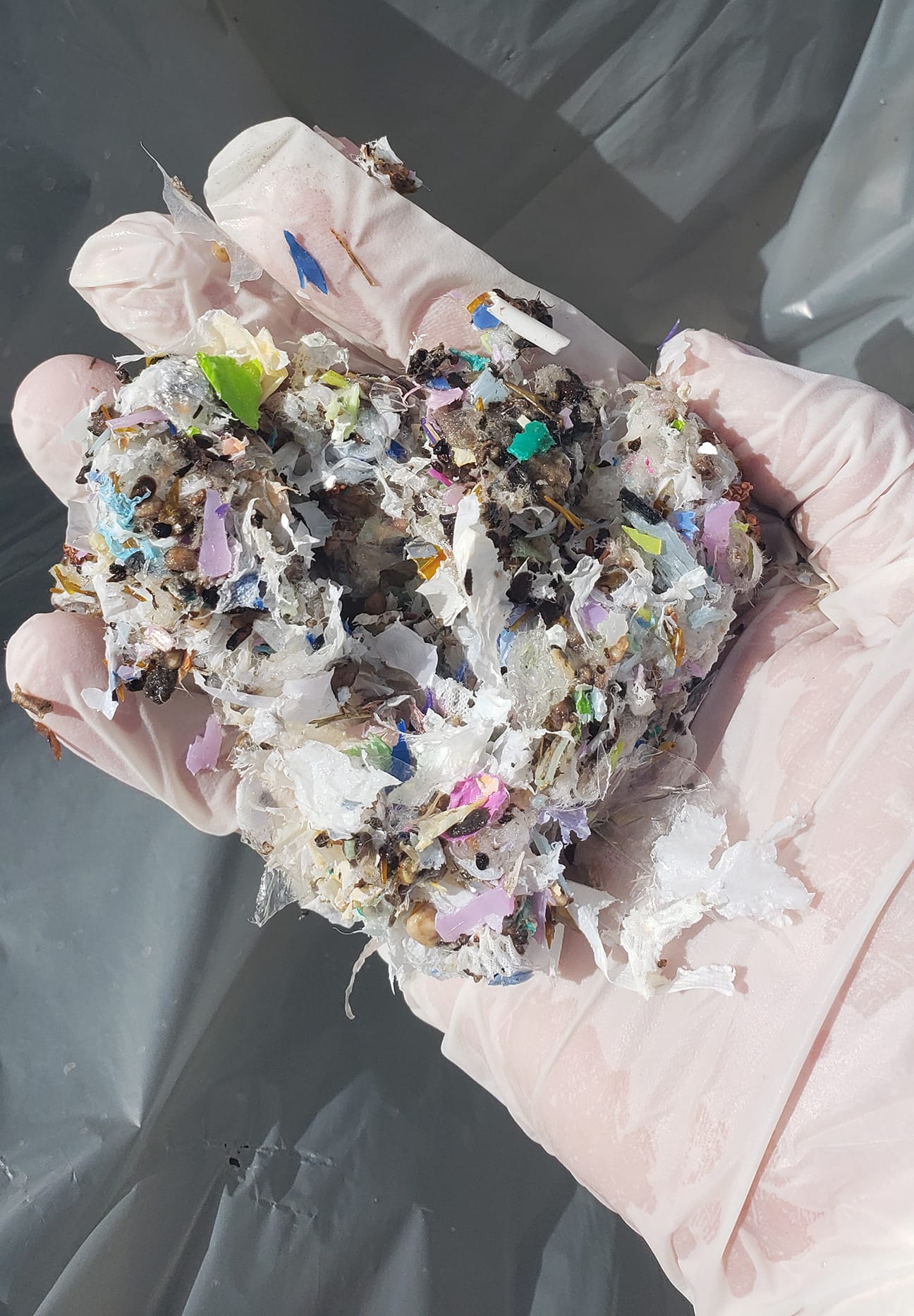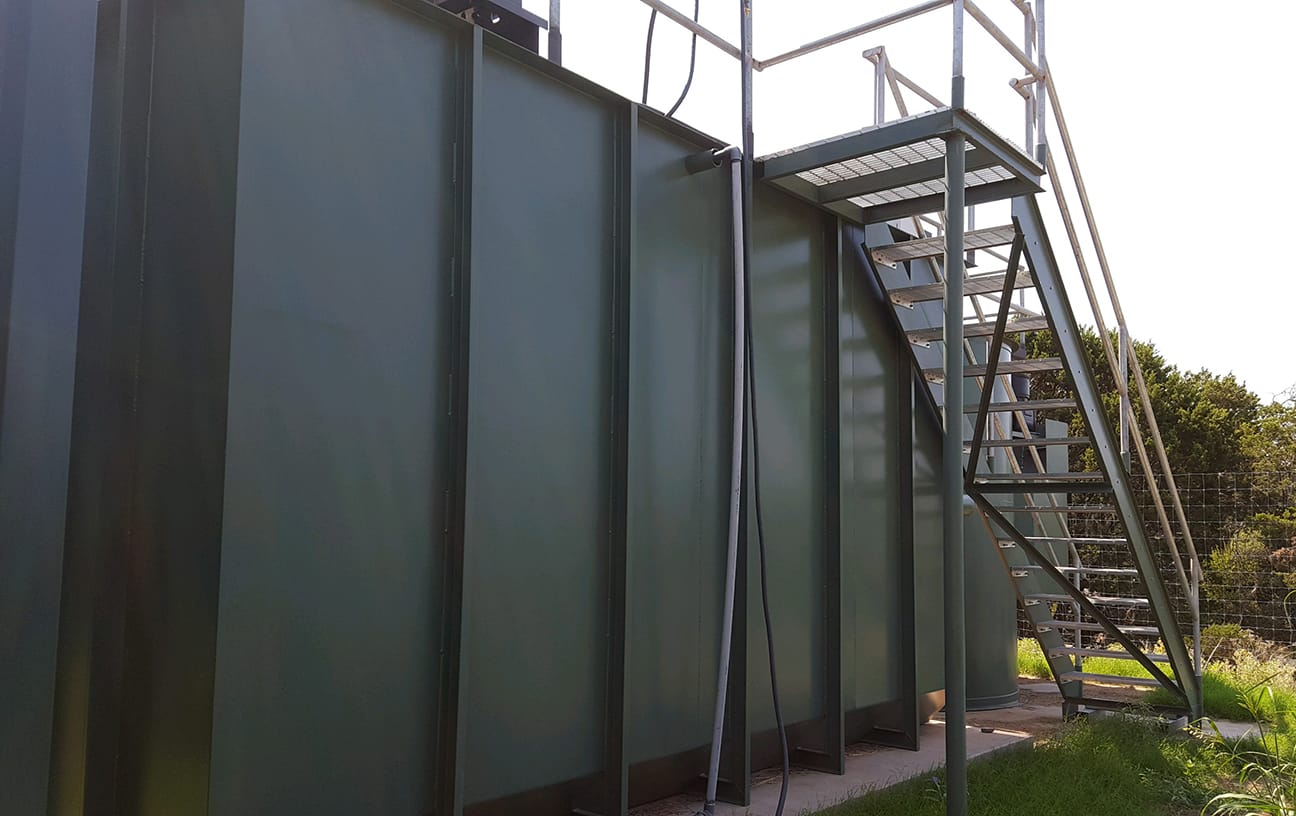Fossil Rim will be having an Earth Day Celebration this Friday to Monday, April 19-22! If you are visiting during that time, be sure to stop by the Children’s Animal Center to learn why animals become extinct or endangered and what you can do to help! The blogs posted this week all relate to the acronym HIPPO – Habitat loss, Invasive species, Pollution, Poaching, and Overharvesting – which are the major threats to biodiversity.
We have been discussing the different causes of endangerment and extinction by writing this blog series about H-I-P-P-O. You’ve probably noticed these blogs haven’t been about “Fiona” the famous hippo at the Cincinnati Zoo; they are about how, when we join together to learn what is going on globally, we are be able to act locally and help be part of the global movement of protecting our world’s biodiversity – sometimes in ways you haven’t thought of before. There is one location in everyone’s household and place of business that can act as a superhighway of pollution – the blog topic I’m addressing – to our local environment…
The TOILET!
When we flush things down the toilet, we don’t usually consider what happens once the water goes down the drain. At Fossil Rim, I refer to that as the “Away Place”. Whether it has been flushed away, thrown away, or something is now considered too far away, we don’t tend to be concerned about the next step of a material because we have completed the first step.
It is one of my biggest educational goals as an informal educator within the Fossil Rim Natural Resources Department to unveil what is behind the curtain of the mysterious Away Place. Today, I am sharing with you all about being flushed away!
To flush or not to flush?

Toilets, septic systems, and wastewater treatment facilities are all built on the principle of managing for organic waste, which includes toilet paper. These systems are not prepared for plastic waste or chemical contamination, which can potentially occur in many bathrooms across the country. Relatively few people litter in our local Paluxy or Brazos Rivers; in fact, many people will make the conscious effort to throw away a piece of litter if they see it on the ground.
When it comes to what we flush down the toilet, we don’t think about how that water is being sent away to a wastewater treatment facility. The wastewater is physically and chemically treated and changed, eventually released back into our environment to make it to one of our waterways. When this system has contaminants, it can negatively affect the water leaving the wastewater treatment plant.
The Top Two Offenders
- Wet Wipes aka moist towelettes
Wet Wipes are designed to last in a watery solution; that is how they got ‘wet’ in their name! That may be convenient for us as consumers, but they can be devastating to septic tanks, water pipes, and wastewater treatment plants. These wipes have plastic woven into the product, so they cannot break down.
Even the “flushable” Wet Wipes will not break down once in our water systems. Wet Wipes cause huge problems for our wastewater industry, but also are a common item found as litter on beaches, at parks, and in our waterways. The best solution, if you choose to use Wet Wipes, is to be sure to toss them in the trashcan, as opposed to in the toilet. That alone will make a big impact!
- Feminine hygiene products and other cotton products
There can be confusion about whether it is safe to flush these products down our toilet; the answer is “no”. They will be better off in the trash than flushed down the toilet. Many of these items become pollution in the form of microplastics.
Most treatment facilities have to take extra precautions to keep that plastic out of our waterways, and it isn’t always successful. At Fossil Rim, we are regularly cleaning out our wastewater treatment plant from this onslaught of microplastics coming from the toilets.
This is one easy step that can help reduce the prevalence of microplastics in our local ecosystems. If you want to take it a step further, you can also consider reusable feminine hygiene products that will cut your waste consumption significantly!

If each of us will put a little more thought into what happens after our items are “flushed away”, it can help protect our waterways, help maintain the biodiversity of these fragile freshwater ecosystems, and help provide clean drinking water to our local communities.
When you visit Fossil Rim, you can be sure I’m doing my best as the facility’s wastewater operator to keep our water safe for our animals, our ecosystem, and you!
-Caitlin Pyle, Natural Resources Manager

